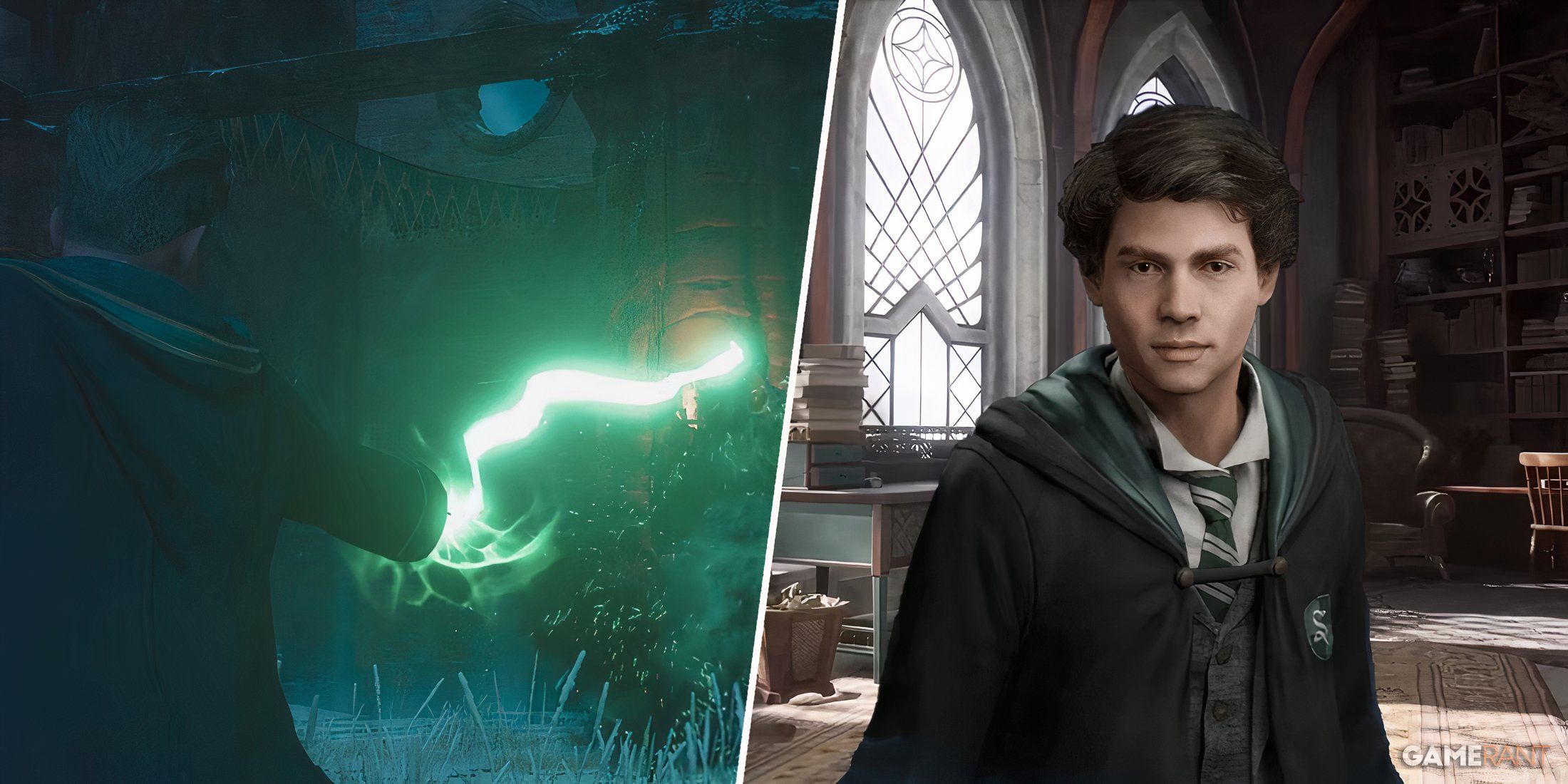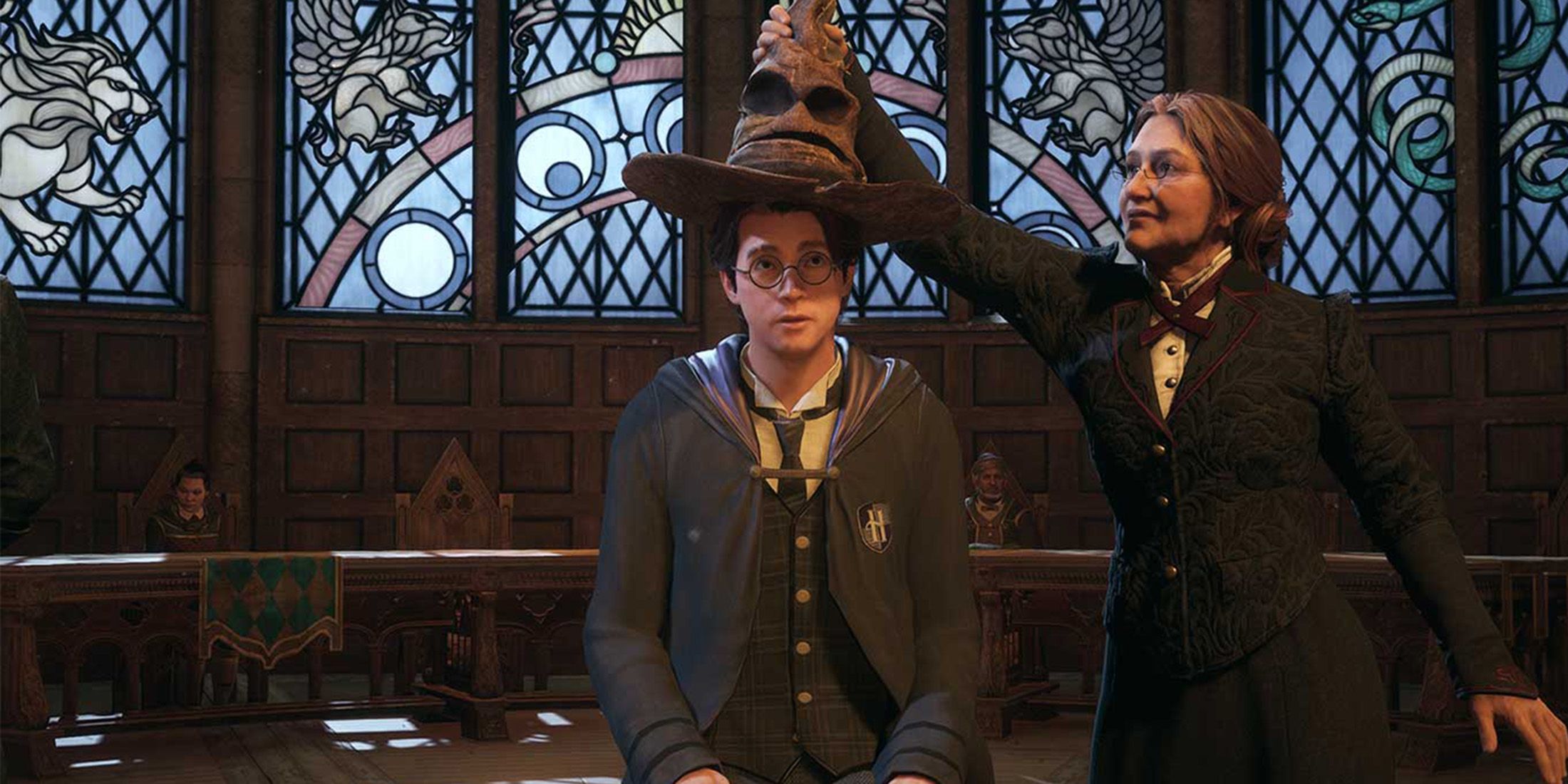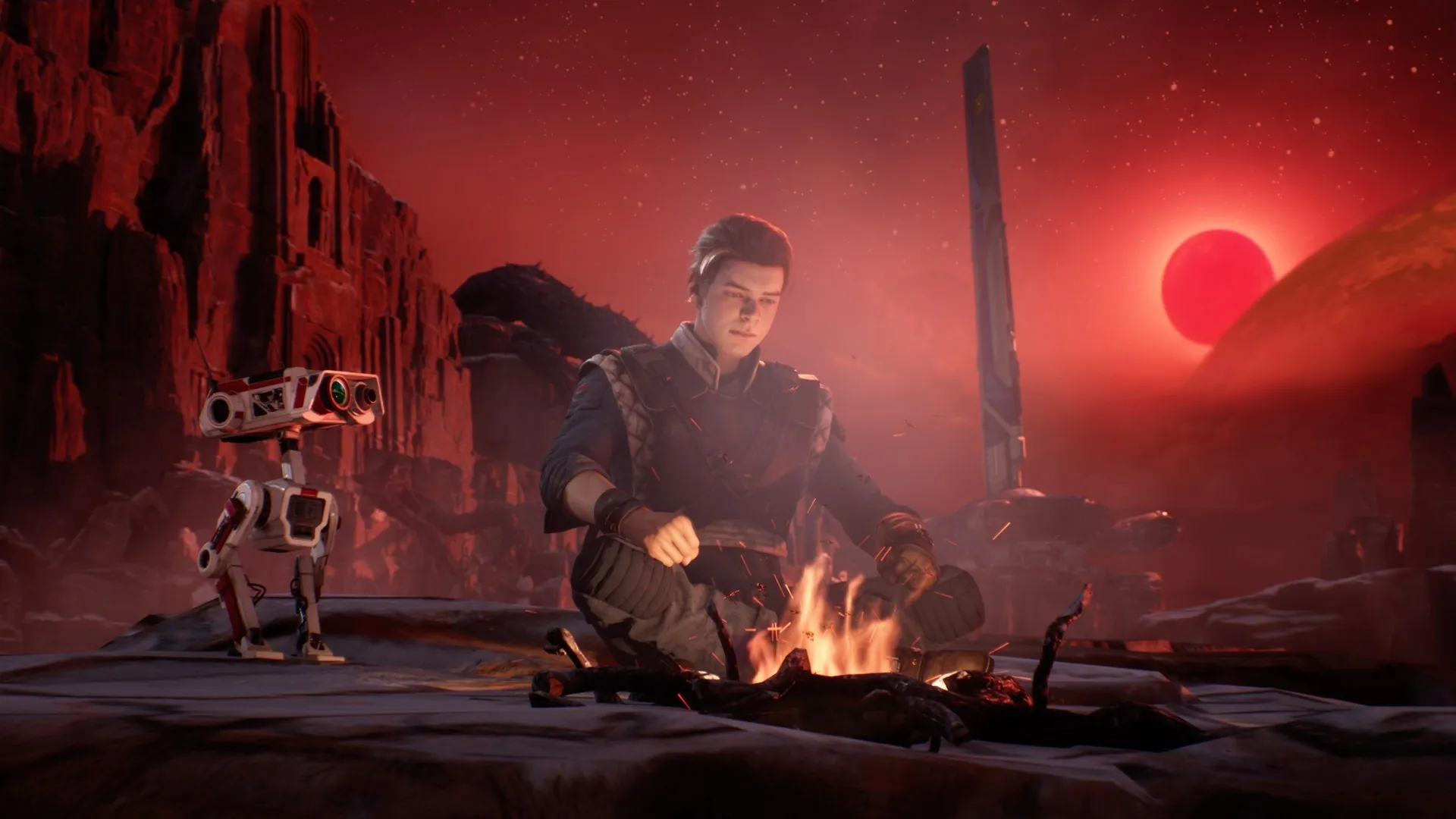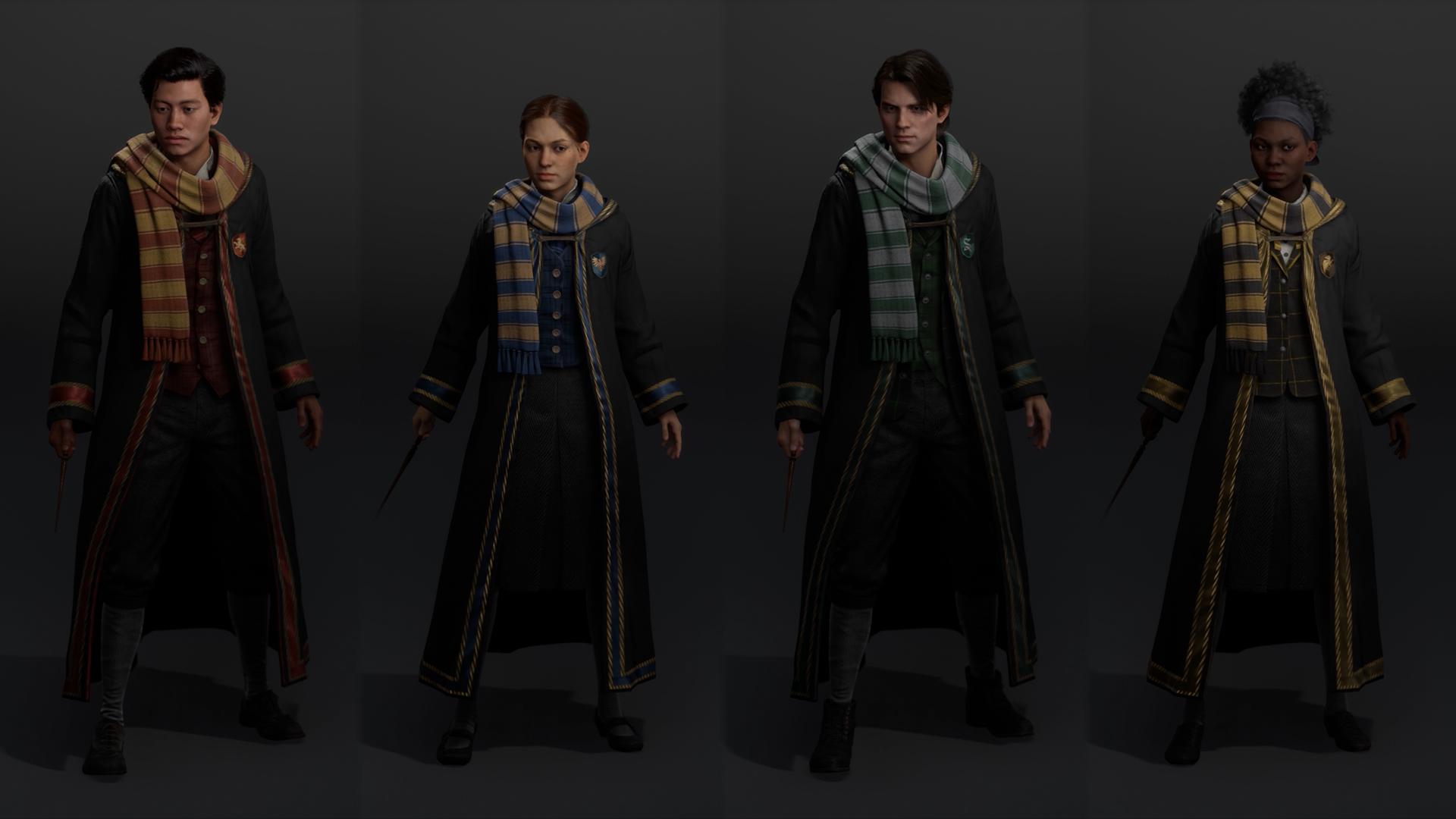The Harry Potter and Star Wars franchises are among the most beloved in popular culture, and many iterative installments or IPs have been produced from their original roots throughout many avenues of media. Like Star Wars before it, fans are arguably most familiar with the Harry Potter franchise through its original protagonist characters. In Star Wars, this pertains to Luke Skywalker and many other characters who have led their own trilogies. Harry Potter, rather, led an entire eight-film saga, and has become inseparable from the franchise as a result.
However, one way that these franchises have tried to grow within their respective worlds is to present fans with a new protagonist character in familiar settings. That way, fans are calmed with the nostalgia of familiar iconography while new characters are introduced as its primary storytelling vessels. This is the case with Star Wars Jedi: Fallen Order’s Cal Kestis, as it is with Hogwarts Legacy’s unnamed protagonist. Both of these characters harbor similarities with one another that may echo comparable story beats between Star Wars Jedi: Fallen Order and Hogwarts Legacy.
Star Wars Jedi and Hogwarts Legacy’s Protagonists Offer Something New
Each character offers a new perspective from an unfamiliar face in a familiar fictional setting or landscape. This obviously enables each franchise to tell a new story from a new perspective, and often within a part of the canon that has not been touched upon much. Star Wars Jedi: Fallen Order takes place recently after the Jedi Purge from the perspective of a lone Padawan, for example, while Hogwarts Legacy takes place at Hogwarts School of Witchcraft and Wizardry in the 1800s, where developer WB Games Avalanche can hopefully have its own independent narrative.
Cal possesses a Force ability dubbed Psychometry in Star Wars Jedi: Fallen Order that offers him extrasensory perception through physical touch of an object, such as being able to see what had happened to Trilla Suduri after having held her lightsaber. This ability seems unique to Cal, and the mystery of the ancient Zeffo species guides Cal and the Stinger Mantis crew to locate a Jedi holocron in order to find Force-sensitive children. In a vision, Cal sees what can be interpreted as the inevitable fate of this path, which ultimately results in Cal deciding not to seek out Force-sensitives as to not willingly put them in danger.
Much like Star Wars Jedi: Fallen Order’s mystery of the Zeffo, as well as Cal’s empathic Force ability, Hogwarts Legacy has teased the mystery of Ancient Magic, which the player-character is supposedly and intriguingly able to wield. This is portrayed in Hogwarts Legacy’s State of Play gameplay trailer as any magical interaction the protagonist has that does not require a wand, such as when touching a mirror next to Professor Eleazar Fig turns it into a stone wall. It appears as if the protagonist’s penchant for Ancient Magic allows them to reveal obscured artifacts or structures that others cannot, and it may also contribute to why the protagonist is only now attending Hogwarts as a late-entry fifth-year student.
Cal Kestis May Lead Star Wars Jedi, But Hogwarts Legacy Has the Benefit of Character Customization
Of course, players are already aware of any implications Cal’s abilities have had in Star Wars Jedi: Fallen Order, while Hogwarts Legacy’s Ancient Magic will remain a mystery until the game releases this year. Ancient Magic could determine the protagonist’s loose lineage, or even tie them to whomever the game’s main antagonist is.
There is one important consideration to make regarding the protagonists of Star Wars Jedi: Fallen Order and Hogwarts Legacy. Cal Kestis, being a named protagonist with scripted dialogue and a predetermined character model, can lead the Star Wars Jedi franchise for however many installments Respawn decides to develop. Cal can lead the Mantis crew through any narrative beats Star Wars Jedi: Survivor introduces and remain the face of this new Star Wars IP.
In contrast, the protagonist in Hogwarts Legacy is fully customizable, down to the selection of which Hogwarts house they belong to, and thus having the same protagonist character carry over into a sequel would be particularly difficult, unless carry-over save-states were involved. This benefits Hogwarts Legacy since players are able to more succinctly immerse themselves into the simulation of being a Hogwarts student, and future Hogwarts Legacy sequels would likely do the same.
But because the protagonist is a player avatar and not a definitive character, it makes less sense to have Hogwarts Legacy establish its own franchise of direct sequels the way that Star Wars Jedi: Fallen Order has. While Cal and Hogwarts Legacy’s protagonist share multiple similarities as new and unique characters in their own games, they also have some considerable rifts between them in terms of what their franchises may be able to achieve with them at the helm.
Hogwarts Legacy releases in 2022 for PC, PS4, PS5, Switch, Xbox One, and Xbox Series X/S.






